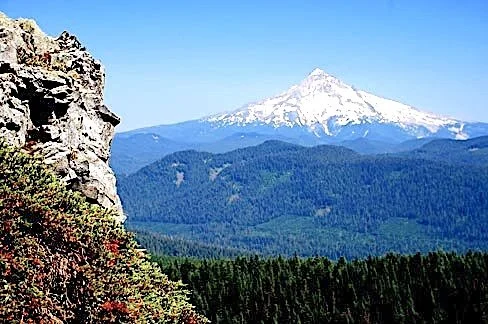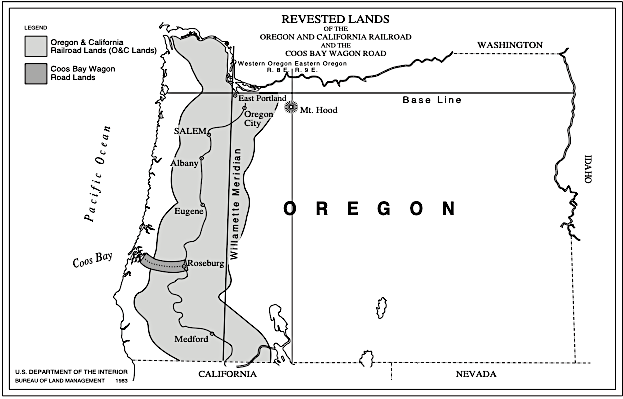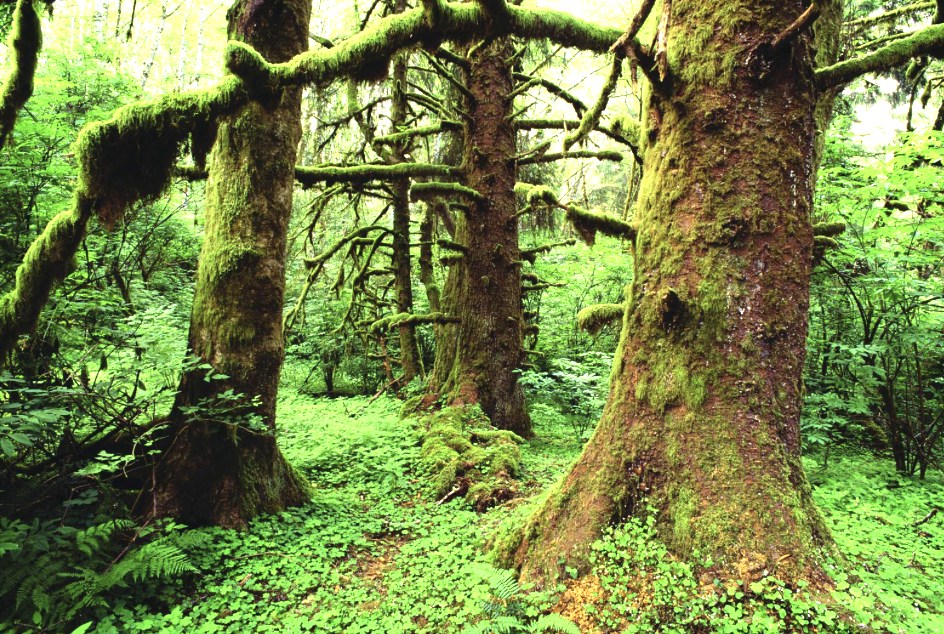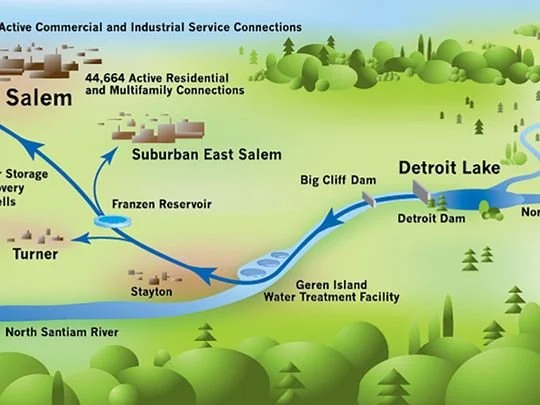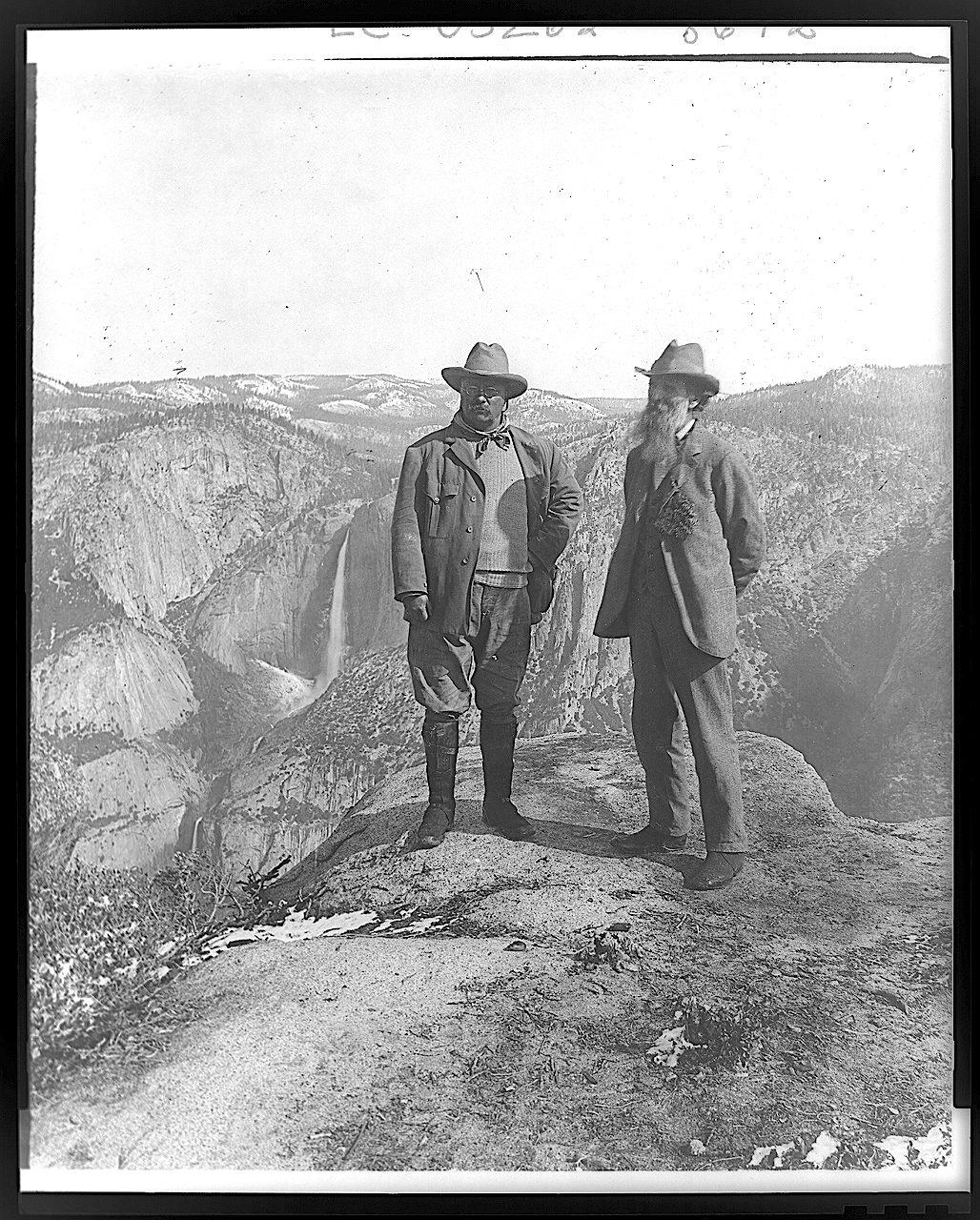Sort By Category
- 30x30
- Administration
- Antiquities Act
- Book Reviews
- Bureau of Land Management
- Climate Change
- Climate change
- Coasts
- Congress
- Counties & Federal Lands
- Courts
- Courts & Litigation
- Department of Agriculture
- Department of Interior
- Deserts
- Ecological Reserves
- Ecosystems
- Elections
- Endangered Species
- Energy
- Estuaries
- Federal Lands
- Fish
- Fish and Wildlife Service
- Forest Fires
- Forest Service
- Forestry
- Forests
- Grasslands
- Land & Water Cons. Fund
- Land & Water Conservation Fund
- Legislation
- Litigation
- Livestock Grazing
- Marine Protected Areas
- Marine Sanctuaries
- Mature & Old-Growth Forests
- Mining
- Nat'l Conservation Lands
- National Forest System
- National Marine Sanctuaries
- National Monuments
- National Monuments Act
- National Park Service
- National Park System
- National Parks
- National Recreation Area
- National Scenic Area
- National Trails System
- National Wildlife Refuges
Sort By Tag
- 1002 area
- 30x30
- 5th Amendment
- ANWR
- Acadia National Park
- Adam Smith
- Administrative Procedure Act
- Advancing Conservation and Education Act
- Alan Bates
- Alan Deboer
- Alaska
- Alaska National Interest Lands Act
- Alaska Native Claims Settlement Act
- Aldo Leopold
- American Forest Resource Council
- American Prairie Reserve
- American Tree Farm System
- American beef supply
- American black duck
- American woodcock
- Ammon Bundy
- Ancient Forest National Park
- Anders Eskil Carlson
- Andrea Salinas
- Andy Kerr
- Animal unit month
- Ansel Adams
- Antiquities Act
- Applegate Primitive Backcountry Area
- Aqua Fria National Monument
- Aquatic Conservation Strategy
- Aquatic Conservation and Riparian Strategy
- Arches National Monument
- Arches National Park
- Arctic National Wildlife Refuge
- Areas of Critical Environmental Concern
- Army Corps of Engineers
- Association of O&C Counties
- Astoria Canyon
- Astoria Fan
- Atlantic Coast
- Augusta Canal NHA
- Avarna Group
- Avi Kaw Ame
- BLM Conservation Rule
- BLM Zone 3 Lands
- BOEM Oregon Planning Area
- Baboquivari Peak Wilderness
- Baker County
- Bald Mountain Road
Amending the Eastside Screens, Part 3: Reignition of the Eastside Forest War or Slight Midcourse Correction?
This is the third of three Public Lands Blog posts that consider the desire of the Forest Service to amend a provision of the “Eastside Screens,” standards designed to protect public forests east of the Cascade Range. Part 1 examined the history, science, and politics leading up to the adoption of the Eastside Screens and their implementation since then. Part 2 explored issues both of management and of the science behind the management. Part 3 suggests what the Forest Service could do to improve the Eastside Screens, in both the short and long term.
Amending the Eastside Screens, Part 2: The Science of Management and the Management of Science
This is the second of what were to be two but now are three Public Lands Blog posts that consider the desire of the Forest Service to amend a provision of the “Eastside Screens,” standards designed to protect public forests east of the Cascade Range. Part 1 examined the history, science, and politics leading up to the adoption of the Eastside Screens and their implementation since then. Part 2 explores issues both of management and of the science behind the management. Part 3 will suggest what the Forest Service could do to improve the Eastside Screens, in both the short and long term.
Amending the Eastside Screens, Part 1: A Quarter Century of “Interim” Management
This is the first of two Public Lands Blog posts that consider the desire of the Forest Service to amend a provision of the “Eastside Screens,” standards designed to protect public forests east of the Cascade Range. Part 1 examines the history, science, and politics leading up to the adoption of the Eastside Screens and their implementation since then. Part 2 will suggest what the Forest Service could do to improve the Eastside Screens, in both the short and long term.
Conserving and Restoring the Mount Hood National Forest
There stood Mount Hood in all the glory of the alpenglow, looming immensely high, beaming with intelligence. It seemed neither near nor far. The whole mountain appeared as one glorious manifestation of divine power, enthusiastic and benevolent, glowing like a countenance with ineffable repose and beauty, before which we could only gaze in lowly admiration. —John Muir (1888)
Another Northwest Forest War in the Offing? Part 2: Current Threats and Perhaps an Epic Opportunity
This is the second of two Public Lands Blog posts that examine the management (and mismanagement) of more than 2 million acres of federal forestlands in western Oregon, administered by the Bureau of Land Management. Part 1 examined the history of rampant clear-cutting of old-growth forests and vast windfalls of revenues to local counties as a result. Part 2 examines the current threats to these public lands from the timber industry and local counties, and the opportunity that could present itself to secure permanent comprehensive congressional conservation of these imperiled lands.
Another Northwest Forest War in the Offing? Part 1: A Sordid Tale of Environmental Destruction, Greed, and Political Malfeasance
This is the first of two Public Lands Blog posts that examine the management (and mismanagement) of more than 2 million acres of federal forestlands in western Oregon, administered by the Bureau of Land Management. Part 1 examines the history of rampant clear-cutting of old-growth forests and vast windfalls of revenues to local counties as a result. Part 2 will examine the current threats to these public lands from the timber industry and local counties, and the opportunity that could present itself to secure permanent comprehensive congressional conservation of these imperiled lands.
Speaking Truth to the Fire-Industrial Complex
Total suppression was neverpossible. Large wildfires have always ended either because they ran out of fuel or, most often, because the weather changed. (How many times have I read a newspaper quote from a fire boss or the fire’s public relations flack to the effect: “We had the fire under control, but then the weather changed.”
Cow-Bombing the World’s Largest Organism
The largest organism on Earth is one quaking aspen clone with more than forty-seven thousand stems (trees). This organism is being cow-bombed and otherwise abused. The cow-bombing, if not stopped, might well eventually result in the demise of the organism. As goes this singularly large quaking aspen clone, so may go the rest of the quakies in the American West.
Certified Wood from National Forests? No. Make That Hell No!
An effort is presently afoot in one forest certification organization (and it will be followed by others) to certify federal public forestlands within the National Forest System. To date, forest certification has centered on privately owned lands or some state-owned “public” lands. Certifying federal public forestlands is a foolish idea that should be abandoned at once.
The Oregon Wildlands Act 2.0
Representatives of many Oregon outdoor recreation industry heavyweights, including but not limited to Columbia Sportswear, the Conservation Alliance, Travel Oregon, and Keen Footwear, testified to the business sense of conserving more of the many treasures found on Oregon’s federal public lands. Many conservationists traveled from afar to make the case for protecting their most cherished Oregon gems for the benefit of this and future generations.
The Hard Case of Hardrock Mining Reform (Part 2): Conservation Areas in Which to Just Say No
This two-part series examines legislation in Congress that would reform the infamous Mining Law of 1872. Part 1 focused on how mining on public lands should be administered in the twenty-first century. Part 2 focuses on pending legislation the conservation areas in which mining should be permanently banned.
Filling the Congressional Conservation Pipeline for When It Unclogs
For the most part, these bills are popular and uncontroversial, and when they do get to the floor they will pass. When that happens and the congressional pipeline finally does unclog, conservationists need to make sure that pipeline is full.
Lessons from Salem: Protecting Local Drinking Water Supplies
As of the end of June this year, four health advisory alerts had been issued this summer for Detroit “Lake” (it is actually an impounded river more accurately called a reservoir) on the North Santiam River.
The Columbia River Gorge Is Dead; Long Live the Columbia River Gorge—Unless Greg Walden Has His Way
Part 1: It’s a Beautiful, Natural, and Necessary Thing That Nature Changes
Everyone—including many a card-carrying conservationist—just needs to take a deep breath. Yes, there was a relatively large forest fire mostly on the Oregon side of the Columbia River Gorge. However, the clearing of the smoke gave proof through the day that our gorge was still there.
Now That’s a Member of Congress!
In addition to the usual (and vital) proposed additions to the National Wilderness Preservation System and the National Wild and Scenic Rivers System, Huffman’s draft legislation proposes several innovative and novel congressional designations that call for ecological restoration, nature conservation, and/or increased recreation.
Increased Wilderness Demand Calls for Increased Wilderness Supply
Population is continuing to grow in Oregon vis-à-vis population growth in other states, to the point where Oregon may well get a sixth Member of Congress after the 2020 census. People are moving to Oregon to enjoy our quality of life. Besides the beer and the wine, there is the backcountry and the wild that makes Oregon Oregon.
Federal Systems for the Conservation and Enjoyment of Lands and Waters
Over the course of more than a century, Congress—or the executive branch using expressed authorities granted by Congress—has established various systems for the conservation, management, and enjoyment of federal and other lands and waters. On the whole, these systems are bold, visionary, and remarkable.
Federal Payments to Timber-Addicted Counties
Until the first judicial injunctions brought most logging of northern spotted owl habitat to a halt, the monies came mostly from the sale of old-growth forest. These forests were being logged at a rate of more than three square miles each week on federal public forestlands in Oregon
The High Cost of Cheap Grazing
It costs more to feed a domestic house cat than to graze domestic livestock on federal public lands. This has generally been the case since the early 1900s, when the federal government first required ranchers to pay a fee for grazing their livestock on millions of acres of federal land, primarily in western states.
Theodore Roosevelt: The First and Greatest Public Lands Conservationist
The present president doesn’t seem to enjoy the outdoors, unless it is on a great big beautiful golf course. Though the presidential retreat in Maryland does have a modest driving range along with one hole and several tees, don’t bet on Trump spending any time at Camp David, tucked in western Maryland’s forests.



